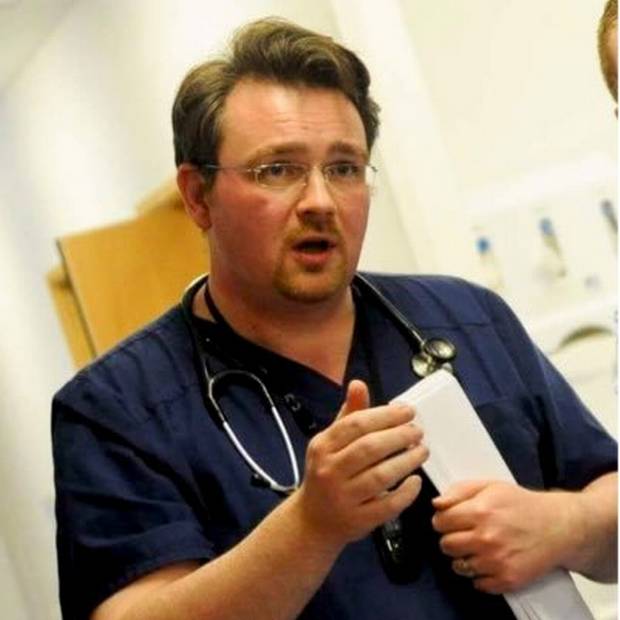By Mairead Holland
June 22 2019
The number of patients waiting longer than 12 hours in emergency departments here has soared by almost 700% in the past five years.
Figures rose steeply from 3,170 to 25,326 between 2014 and 2019, with the Ulster Hospital recording the biggest increase – up from 689 patients to 6,486.
The biggest rises this year compared to last were at the Ulster Hospital (4,553 to 6,486) and Craigavon Area Hospital (2,570 to 4,604).
The statistics are included in the Department of Health’s annual report.
Dr Ian Crawford, vice-president of the Royal College of Emergency Medicine Northern Ireland, described the situation as “worse than ever” for patients and staff, blaming “inadequate/reduced capacity in the face of increasing demand”.
He highlighted the need for investment to “increase staffing, the number of acute hospital beds and the social care that are fundamentally required to meet the health and social care needs of our growing and ageing population”.
The report reveals the total number of emergency department attendances also rose with 738,665 patients in 2014/15 compared to 850,522 in 2018/19, an increase of just over 15%.
The report also looks at the activity of the Northern Ireland Ambulance Service (NIAS).
Of the category A (immediately life-threatening) calls received by the NIAS, 37.2% of were responded to within eight minutes in 2018/19.

That is down 8% from the same period last year when the proportion of calls responded to in the time frame was 45.2%.
Meanwhile, this type of call, resulting in an emergency response arriving at the scene of an incident, has increased by 3.5% to 58,907 in the past five years.
Over the same period, the percentage responded to within eight minutes decreased by 20.5 points, from 57.7% to 37.2%.
Ulster Unionist health spokesman Roy Beggs said the health service is “in the midst of an unprecedented crisis”.
“Never before in the history of the NHS have things been so precarious, with so many people waiting and being forced to wait for so long,” he said.
“It’s medically proven that patients who are seen quickly have better outcomes than those who have to wait.
“I am concerned, therefore, about whether some of the people that have been forced to wait for longer than 12 hours may have come to additional harm as a result of the outrageous delays.
“Problems in our emergency departments can also be incredibly destabilising for the functioning of our hospitals and staff as they can regularly lead to even things such as delayed ambulance turn-around times.”
SDLP health spokesman Mark H Durkan said the waiting times “demand urgent attention”.
“We have more people attending emergency departments and they’re waiting longer and longer for treatment,” he said.
“Waiting targets may as well not exist at the minute, the pressures on the system are so severe that they’re virtually unachievable.
“I am ashamed of this situation. But it would be absolutely shameless to let the political vacuum continue.”
The Department of Health said the figures starkly illustrate the pressures on the health service.
“We must again apologise to the significant and growing numbers of patients who have been waiting too long in our emergency departments,” a spokesperson said.
“Clearly the current model of care – the way we organise urgent and emergency services together with the flow of patients through our hospitals from admission to discharge – needs to change. Demand for care continues to increase and pressures traditionally experienced at winter time are now present throughout the year.”
The department said a health service summit will be held next Tuesday as part of its ongoing review of urgent and emergency care.
It will bring together up to 160 clinicians, patients and representatives from organisations and will help shape a public consultation later this year on a new model of care here.
Belfast Telegraph
Parliamentary reports show first speaker only - follow this lnk for the full transcription.
Articles may come from parliamentary reports, various public news feeds and Google News Search. Content is republished here for context. Copyright is respected and remains with the original author at all times. Original Article:https://www.belfasttelegraph.co.uk/news/northern-ireland/aes-facing-unprecedented-crisis-as-delays-of-12-hours-or-more-soar-700-in-five-years-38241690.html


